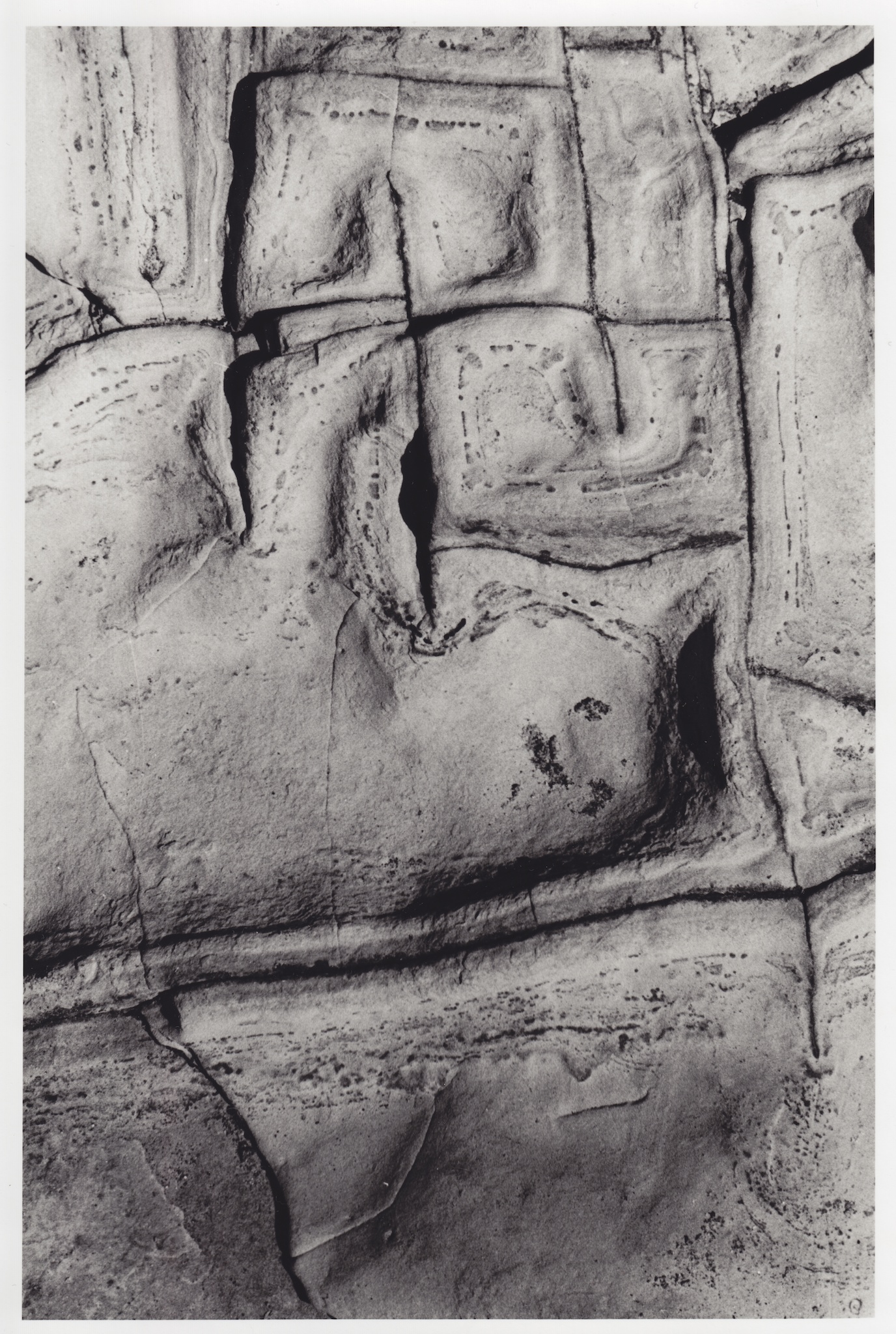 Aged 14 and midnight I hover outside a downtown bar in Tulsa Oklahoma. I’m with a coven of Christians hell bent on conversion of the drunken damned and debaucherous. I’m terrified and sweaty, yearning for the church van to return. I’m nowhere near committed to the mission of the witnessers who seem far beyond eager to plant some spiritual seed. Even at this age I’m too skeptical and logical to lie to myself and worse, to those who exit the neon lit door of the bar I’ve been assigned. What Jesus approach should a kid like me use when a beautiful whiskey laden girl, falling out of her clothes, steps out of the hand dirt stained door of the thumping club only to find me there with a floppy leather bible in hand?
Aged 14 and midnight I hover outside a downtown bar in Tulsa Oklahoma. I’m with a coven of Christians hell bent on conversion of the drunken damned and debaucherous. I’m terrified and sweaty, yearning for the church van to return. I’m nowhere near committed to the mission of the witnessers who seem far beyond eager to plant some spiritual seed. Even at this age I’m too skeptical and logical to lie to myself and worse, to those who exit the neon lit door of the bar I’ve been assigned. What Jesus approach should a kid like me use when a beautiful whiskey laden girl, falling out of her clothes, steps out of the hand dirt stained door of the thumping club only to find me there with a floppy leather bible in hand?
I stutter of course. And she laughs. She walks around me. Yes, this really happened.
This was the mid ’80s. I’d arrived there with the core prayer group from Higher Dimensions Evangelistic Center, a pentecostal church emitting a high energy beam of charismatic nonsense. Here’s the interesting part: I was part of Pastor Carlton Pearson’s ministry. Pearson’s church grew to over 6,000 in the ’90s. He was made a bishop. He made piles of money. However, now, he’s been declared a heretic. As far as I can tell, he’s lost his faith, or the original version of it that includes the concept of Hell.
Every once in a while, back when I watched TV, before his heresy, I’d see him wrapped in gold suits on the Trinity Broadcasting Network as I flipped past the channel. He was rich and disgusting. From what I hear, that’s all gone now.
Now I realize I was just orbiting their planet of belief. Watching the activity from the skies. I couldn’t connect with them or their faith. Back then I was caught in a painful, soul sucking vacuum hose of fear, not just of Hell, but also of the political climate of the ’80s. The Cold War and the rhetoric of Reagan had me terrified of nuclear war. For years, due to charismatic churches, our government, and news media, I feared being beheaded while trapped in the Tribulation because I missed the rapture or toasting in the silent blinding white light of World War 3. So full of fear.
It’s quieter and happier up here in rational space.

